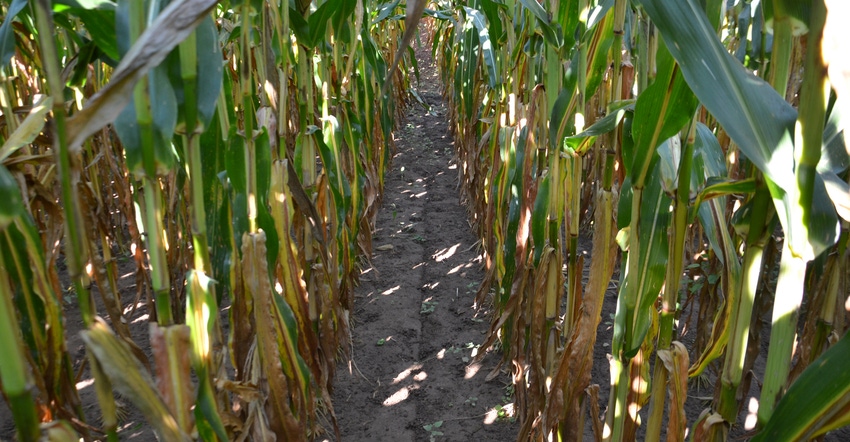October 20, 2022

The cost of anhydrous ammonia climbed to nearly $1,600 per ton for the 2022 crop year. Prices for other nitrogen products rose accordingly. What will the nitrogen price be for the ’23 crop? Even if prices come down slightly, nitrogen remains a significant part of overall input costs for corn. How can you mitigate this expense and improve your profit margin?
Here are three steps that could help you become more efficient with nitrogen:
1. Rethink fall N applications. What portion of that nitrogen dollar are you getting back in the spring? Do you wait until the soil temperature is consistently below 50 degrees F to apply in the fall?
If you’re applying when soil temperature is above 50, there is a greater chance for significant nitrogen loss due to soil biological activity. Even if you use products to reduce potential losses, they slow down the Nitrosomonas bacteria that convert ammonium nitrogen to unstable nitrate nitrogen.
Do you think 80%, 65%, 50% or even less of your applied nitrogen is still available in the spring? Economically and environmentally, does it make sense to put nitrogen on six to eight months before corn needs it? Consider adjusting and applying nitrogen closer to the time of need.
2. Apply more N near when corn needs it most. Move toward putting nitrogen on as corn needs it. Recognize that this will take more management. Front-load nitrogen with the planter to ensure corn gets an early start. Sidedress the majority of what the crop will need as it takes off.
If you really want to dial in your nitrogen dollar and spoon-feed corn, start tissue sampling to determine possible nitrogen deficiency as corn starts toward tasseling. If corn shows a need for more nitrogen, use a high-clearance applicator to Y-drop additional N prior to tasseling. Many modern corn hybrids can use available nitrogen all the way to black layer. Make sure your crop does not run short.
3. Grow your own nitrogen. The atmosphere is over 75% nitrogen. The next step in developing your management strategy toward nitrogen is to start growing your own. Bringing cover crops into your operation requires more and different management skills, but the long-term payoff is a reduction in input costs for fertilizer.
Legume covers ahead of corn will produce a higher percentage of nitrogen needs, but only if you allow the cover crop to approach maturity. This is not the place to start your cover crop journey, but veteran no-tillers are doing it.
Other cover crop species are excellent at scavenging leftover nitrogen in the soil, tying it up and releasing it for use by the following crop as they decompose. Note, however, that the first years of cover crops should not be relied upon for as much nitrogen as a more mature system will provide.
Even if nitrogen prices come down to a more reasonable level, your farming operation should still be about profit. That means maximizing yields and being efficient with input costs. These three steps will make your nitrogen dollar go as far as it can. If you need assistance, stop by your local soil and water conservation district office.
Donovan is a district conservationist with the Natural Resources Conservation Service. He writes on behalf of the Indiana Conservation Partnership.
About the Author(s)
You May Also Like






